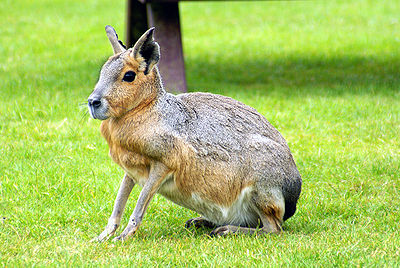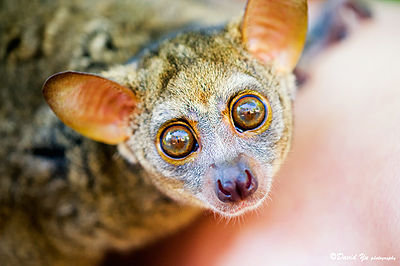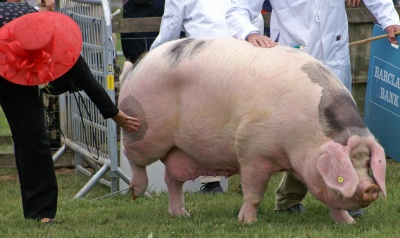
The Patagonian Mara is known by several names – Patagonian Cavy, Patagonian Hare, Dilbaby. It is a member of the rodent family and is fairly new to the exotic pet market.
The Mara’s natural habitat is in Argentina, South America where it is subject to extreme changes in seasonal temperatures.
The Mara is second largest rodent in the world – the Capybara is the largest. The adult Mara is about 18-35 lbs., about as large as a medium-size dog. It measures about 24 inches at the shoulder. The Mara has agouti-colored fur with a light-colored underside, buff-colored, thin legs and a grey topline. Back legs are longer than front ones. Long, black whiskers help them feel their way around. They have long ears and excellent hearing. Like others of the rodent family, their teeth are constantly growing. The general appearance of a Mara is that of a large rabbit. Lifespan in captivity can be 5-10 years although in zoos is reported to be up to 14 years.
Maras are related to the guinea pig, capybara, chinchilla and so on. They are active during the day. They can jump about 5 feet. Maras require an enclosure of about 90-100 square feet. They can live outdoors, but need a very secure shelter. They can dig and chew their way out of many places. Fences should be 6 ft. high. Both shelter and fence need to be set in the ground a couple of feet deep. They are very fast and difficult to catch if they escape. The shelter should have an area to keep the Mara safe from the elements.
The Mara can be trained to a leash and should always be walked on a leash to prevent escape. They can be easily litter-trained too as they nearly always relieve themselves near where they eat. Using treats is the best way to train the Mara.
Diet should include guinea pig pellets, veggies and fruit such as sweet potato, apple, squash, Romaine lettuce, whole wheat bread. Wash veggies and fruit well before serving. They are mainly herbivores and enjoy feeding on grass. As their teeth grow constantly, they need hard objects such as non-toxic wood to chew on. Never give them plastic toys as these can cause obstructions if swallowed.
Before choosing a Patagonian Mara as a pet, do your research. These animals are chewers and diggers and many wind up discarded because of these habits. If you are ready to devote the time and energy and space to the Mara, please remember it requires a number of years of commitment.


